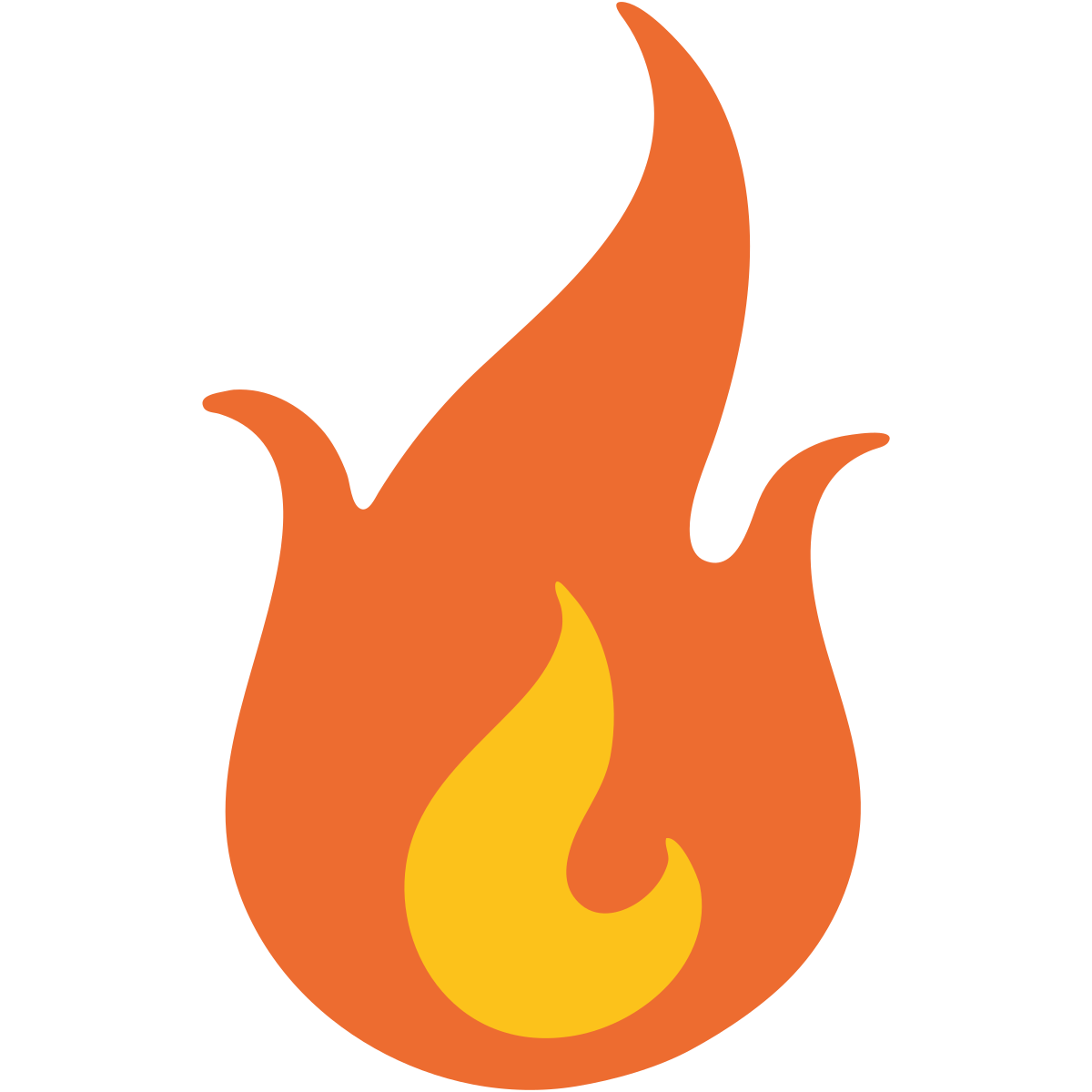Bushfire Ready
What can we do to prevent or prepare for bushfires?
Go to Challenge | 12 teams have entered this challenge.

Sunshine Coast Crew
Current fire detection systems are limited to public observation and reporting. This is a low cost, low fidelity solution to a potentially catastrophic problem. Every minute of delay in reporting and responding to a bushfire results in a logarithmic escalation of the required time and resources needed to bring the situation under control.
A data driven system could despatch a helicopter within minutes, carrying a tonne of water that would douse the flame and nullify the situation in under 30 minutes, de-risking the situation before it gets out-of-control.
At present we use data models only to predict the likelihood of fire on any given day; we are all familiar with the words “Total Fire Ban”. But what do we know about the consequence of a fire starting? Likelihood and consequence need to be better related, and data can help with that.
Image Credit: https://en.wikipedia.org/wiki/2019%E2%80%9320_Australian_bushfire_season#/media/File:Gospers_Mountain_Fire.jpg
We have data available, both live and historic, on temperature , humidity, wind, rainfall, river levels, soil composition, soil moisture, vegetation/crop composition, vegetation/crop moisture, air purity, airborne particulate matter, mapped fire danger indices, and lastly, satellite and camera imagery.
Surely a data model armed with all this data could not just see a fire coming from a mile away, but predict with accuracy what environmental conditions indicate a fire looming.
Description of Use Example of input path to use for deep learning to train an AI on incidents and environmental conditions at the time
Description of Use Offical readings of air quality particulate matter, testing for smoke during bushfires
Description of Use Sampled images and overlays of fire danger index in non-inhabited areas. Very large file set so only sampled
Description of Use Estimation of economic loss of flammable material in the event of bushfire
Go to Challenge | 12 teams have entered this challenge.
Go to Challenge | 8 teams have entered this challenge.
Go to Challenge | 12 teams have entered this challenge.
Go to Challenge | 15 teams have entered this challenge.
Go to Challenge | 18 teams have entered this challenge.